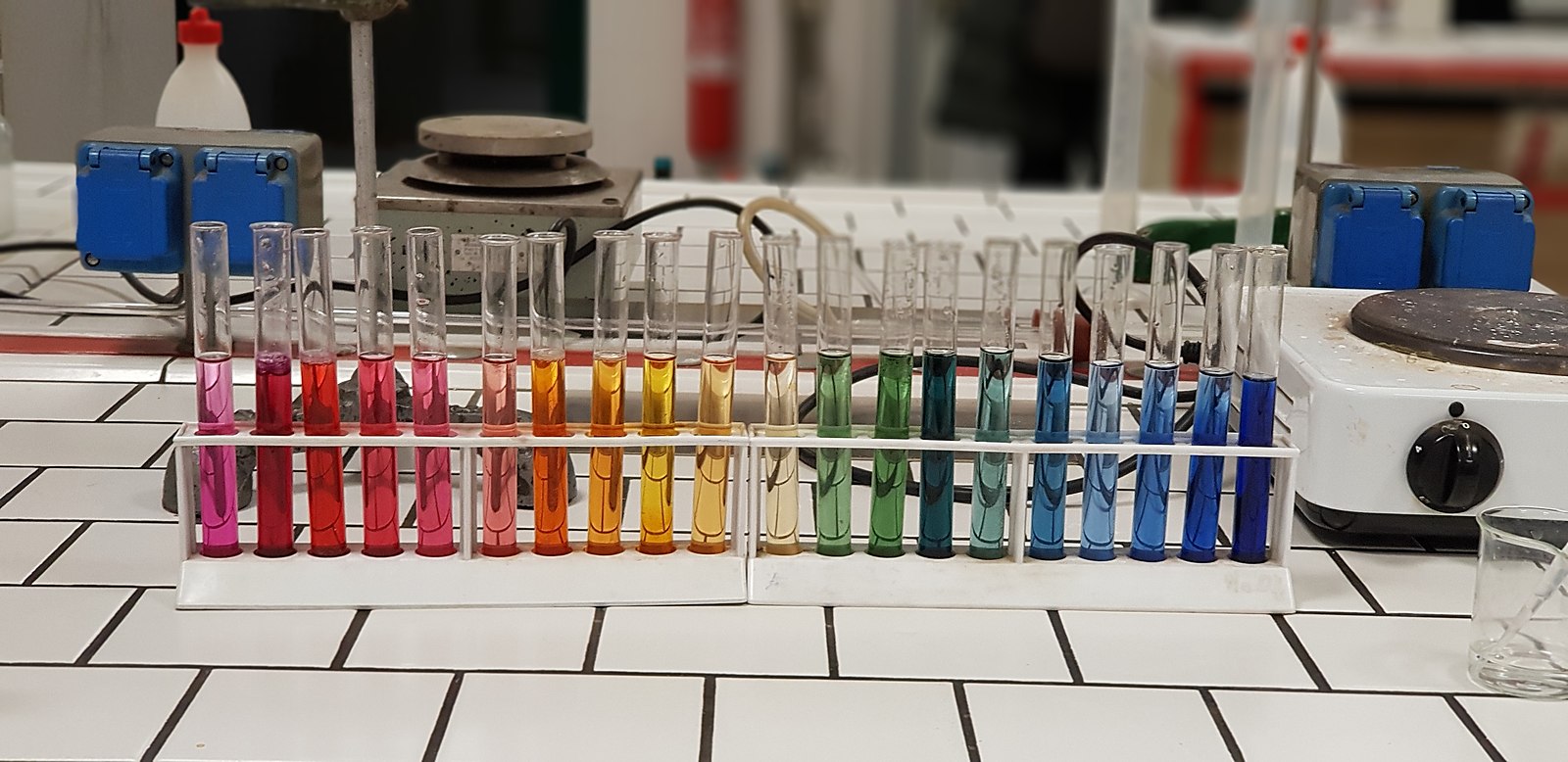The pH value of mash water is a crucial factor in the brewing process, as it directly impacts the enzymatic activity and flavor profile of the final beer. Maintaining an optimal mash pH range of 5.1-5.5 is essential for achieving the desired characteristics in your brew.
Understanding Mash pH
The pH of the mash water plays a vital role in the conversion of starch to fermentable sugars during the mashing process. When the mash pH is within the ideal range of 5.1-5.5, the enzymes responsible for this conversion, such as alpha-amylase and beta-amylase, are most effective. If the mash pH is higher than 5.5, the activity of these enzymes can be impaired, leading to incomplete starch conversion and potentially affecting the final beer’s flavor and alcohol content.
Adjusting Mash pH
If the mash pH is outside the optimal range, brewers can take steps to adjust it. One common method is to add acids, such as lactic, phosphoric, or acetic acid, to the mash water. This helps to lower the pH and bring it within the desired range. Another option is to use acid malt, which contains approximately 30% lactic acid. By incorporating a small percentage of acid malt into the grist, brewers can effectively lower the mash pH by one-tenth of a point for every 1% of the total grist weight.
The Role of Water Ions
In addition to pH, the composition of the brewing water, particularly the levels of chloride and sulfate ions, can significantly influence the flavor profile of the final beer.
Chloride and Sulfate Ions
Chloride ions tend to accentuate the malt character of the beer, while sulfate ions enhance the perceived bitterness from hops. A balanced beer might have a chloride-to-sulfate ratio of 1:1, but this can be adjusted based on the desired flavor profile. For instance, a 1:2 or 1:3 ratio can highlight bitterness, while a 2:1 or 3:1 ratio can emphasize malt character.
Calcium and Magnesium
Calcium and magnesium, which contribute to water hardness, are essential for healthy fermentation, clarity, and flavor stability. The optimal brewing water range for calcium is 50-150 ppm, and for magnesium, it is 10-30 ppm. If the concentrations of these minerals are not within the ideal range, adjustments can be made by adding gypsum (calcium sulfate) or calcium chloride, or by diluting the water source with distilled, deionized, or reverse osmosis water.
Alkalinity and Mash pH
Alkalinity, expressed as Total Alkalinity as CaCO3, Bicarbonate, or HCO3, acts as a pH buffer in the mash. The higher the alkalinity, the more resistant the mash pH will be to change. Maintaining the ideal mash pH between 5.1-5.5 is crucial, as higher pH levels can lead to increased tannin extraction, which can result in astringent and undesirable flavors in the final beer.
Conclusion
The pH of mash water is a critical factor in the brewing process, as it directly impacts the enzymatic activity and flavor profile of the final beer. By understanding the optimal mash pH range, the role of water ions, and the importance of alkalinity, brewers can make informed decisions to ensure the successful conversion of starch to fermentable sugars and the creation of a well-balanced, high-quality beer.
References:
- Brewing Water Chemistry Part 1 of 2: Calcium, Magnesium, Sodium, Sulfate & Chloride – Northern Brewer (https://www.northernbrewer.com/blogs/beer-recipes-ingredients/short-pour-water-chemistry-part-1-of-2-calcium-magnesium-sodium-sulfate-chloride)
- Brewing Water Chemistry Part 2 of 2: CaCO3 & pH – Northern Brewer (https://www.northernbrewer.com/blogs/beer-recipes-ingredients/short-pour-water-chemistry-part-2-of-2-caco3-ph)
- Water Chemistry – Brew Your Own (https://byo.com/resource/water-chemistry/)

